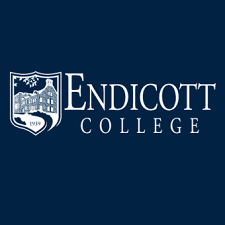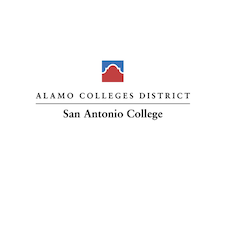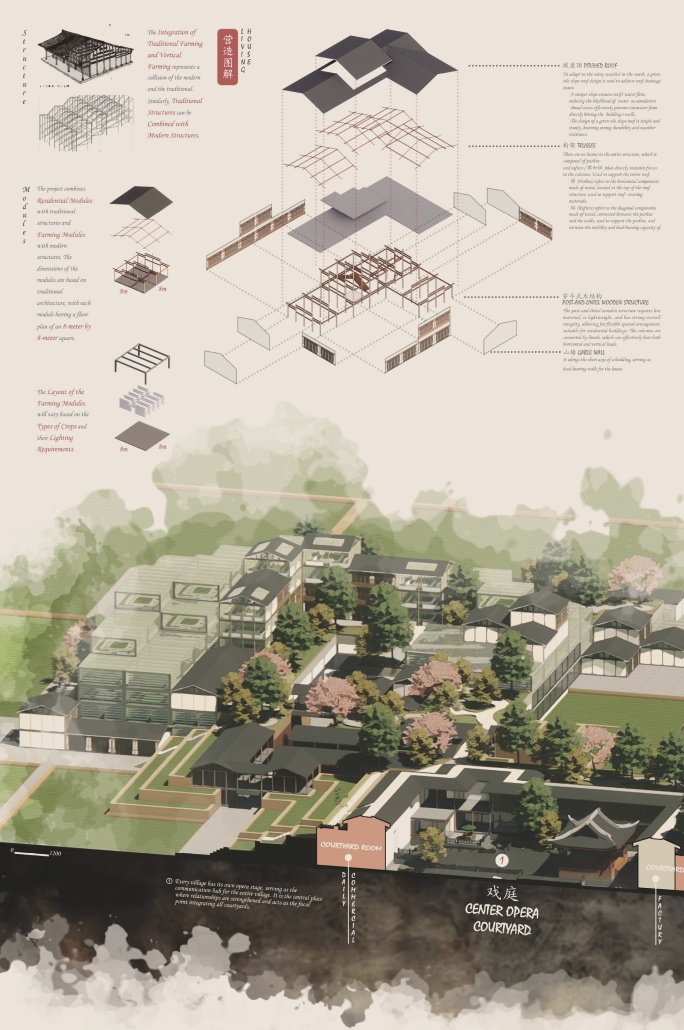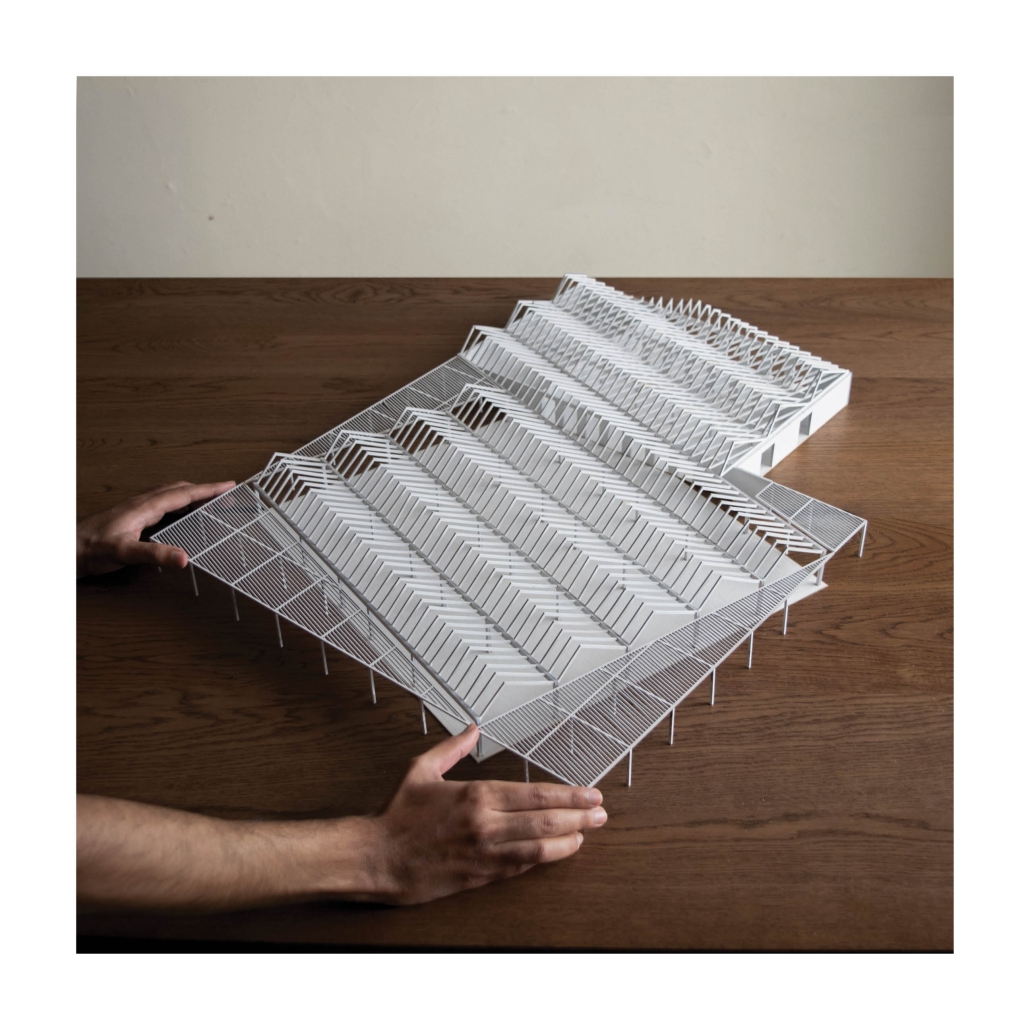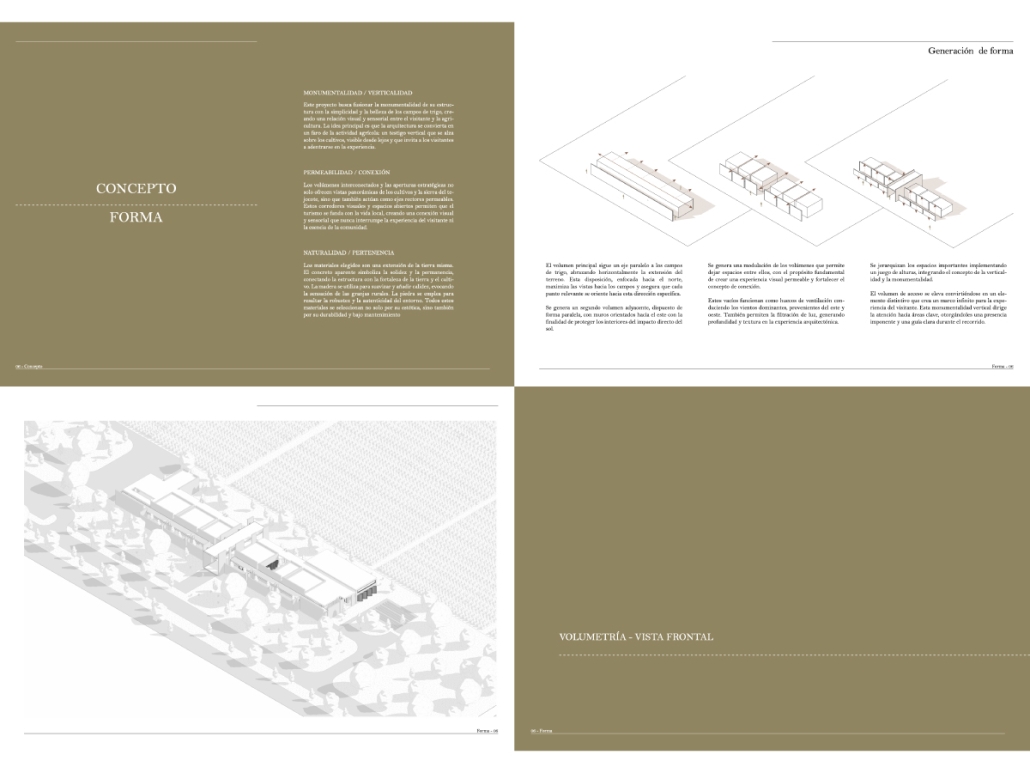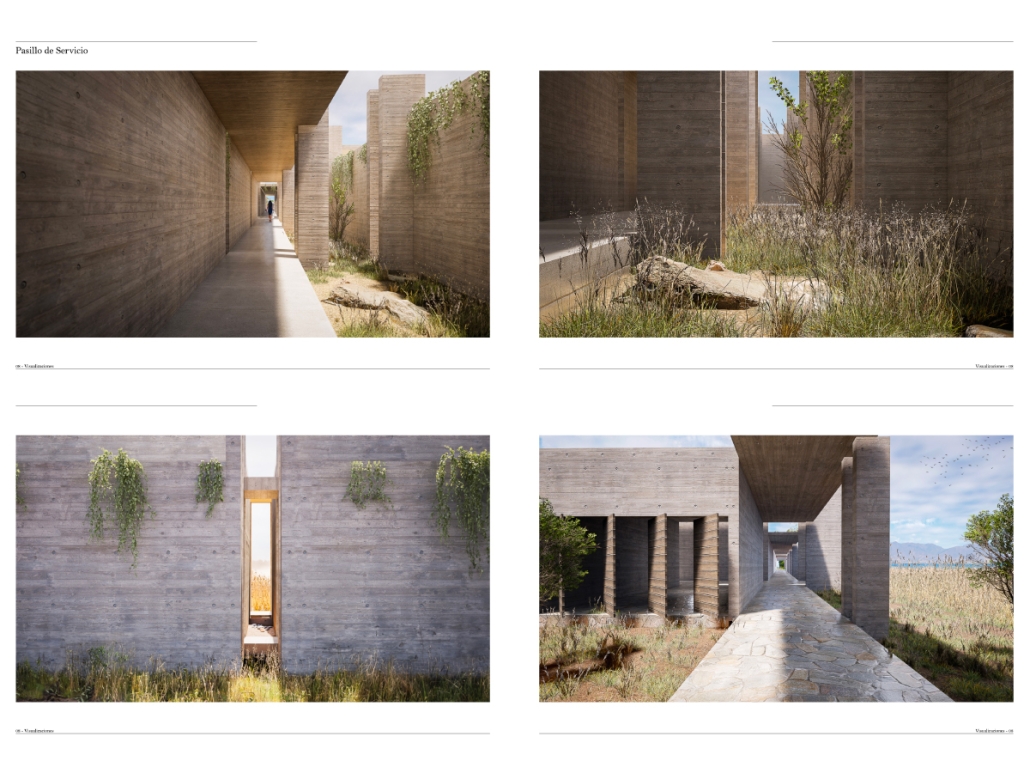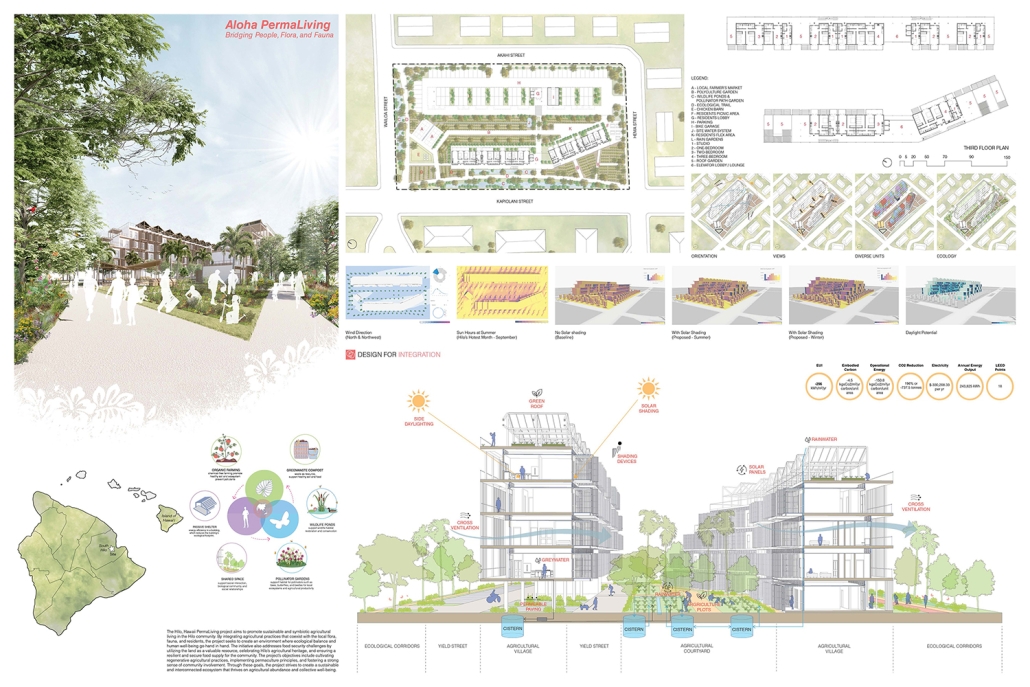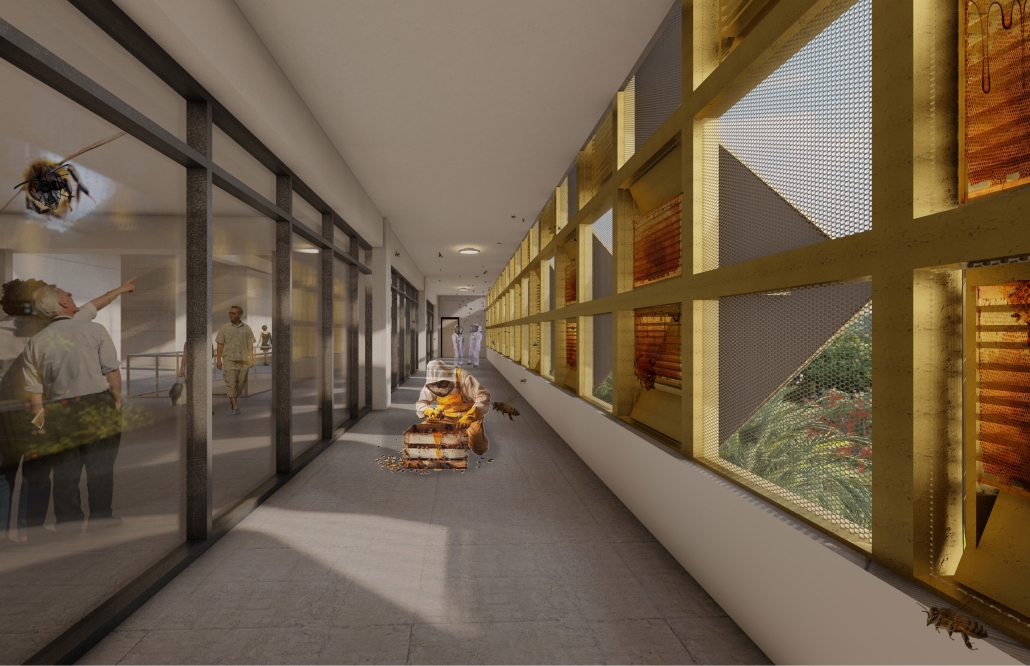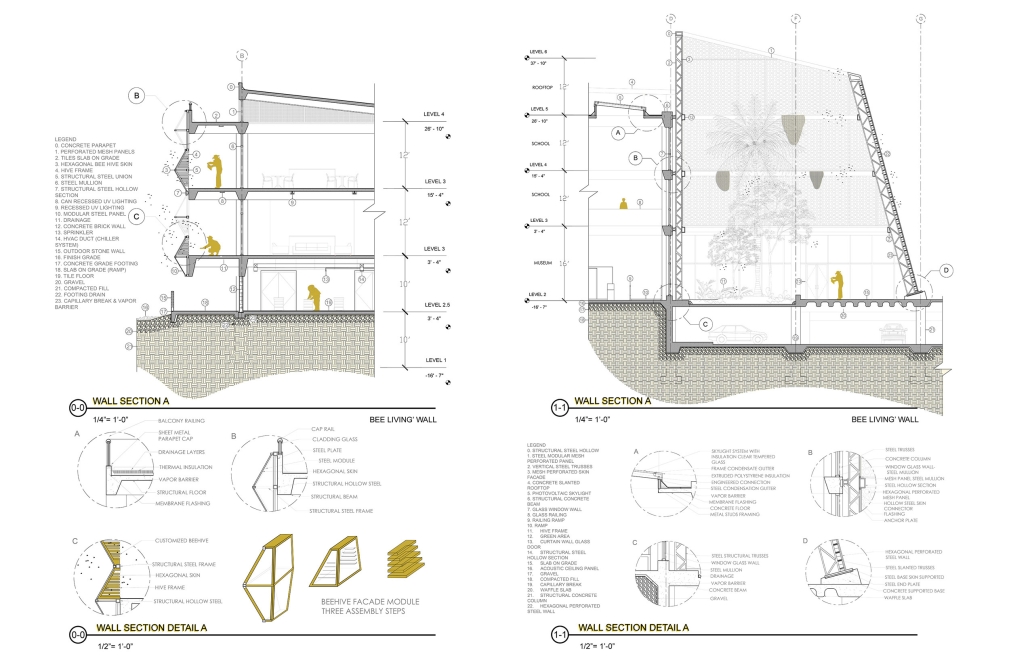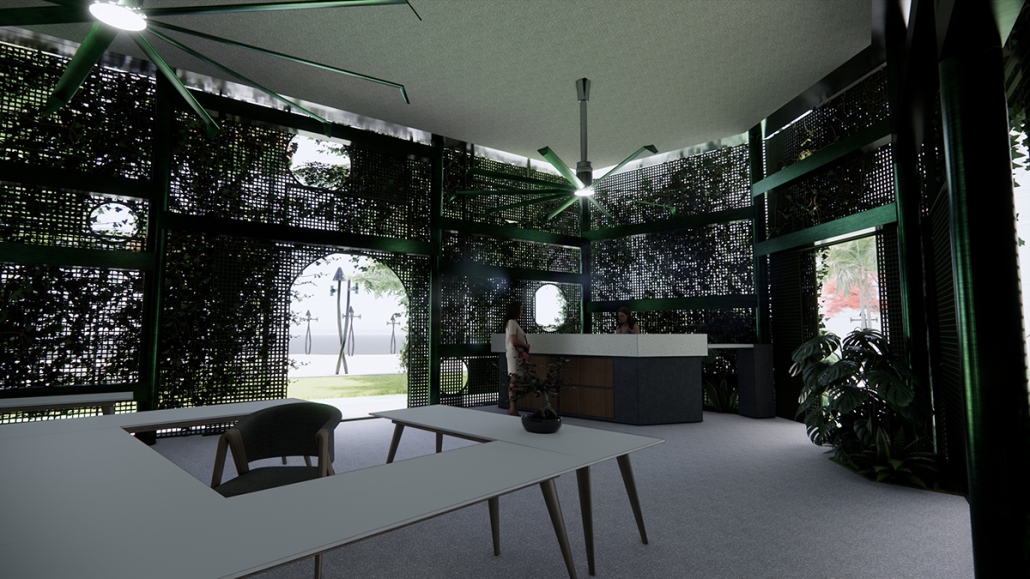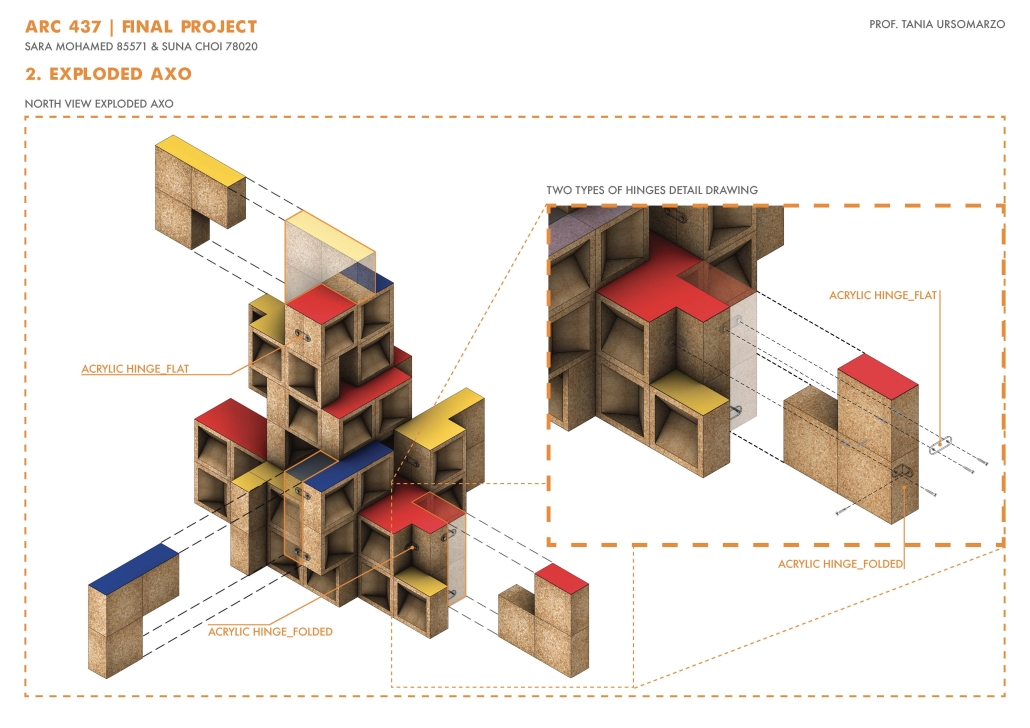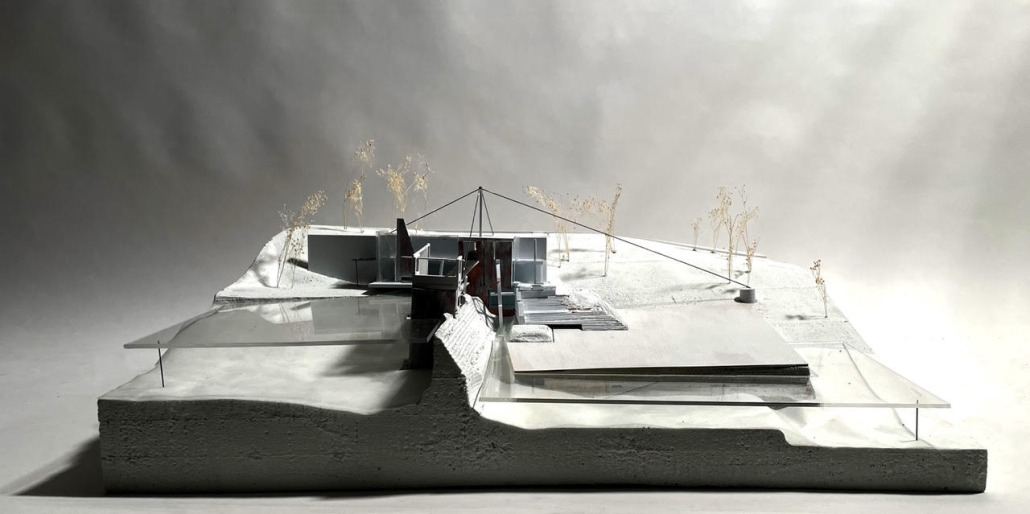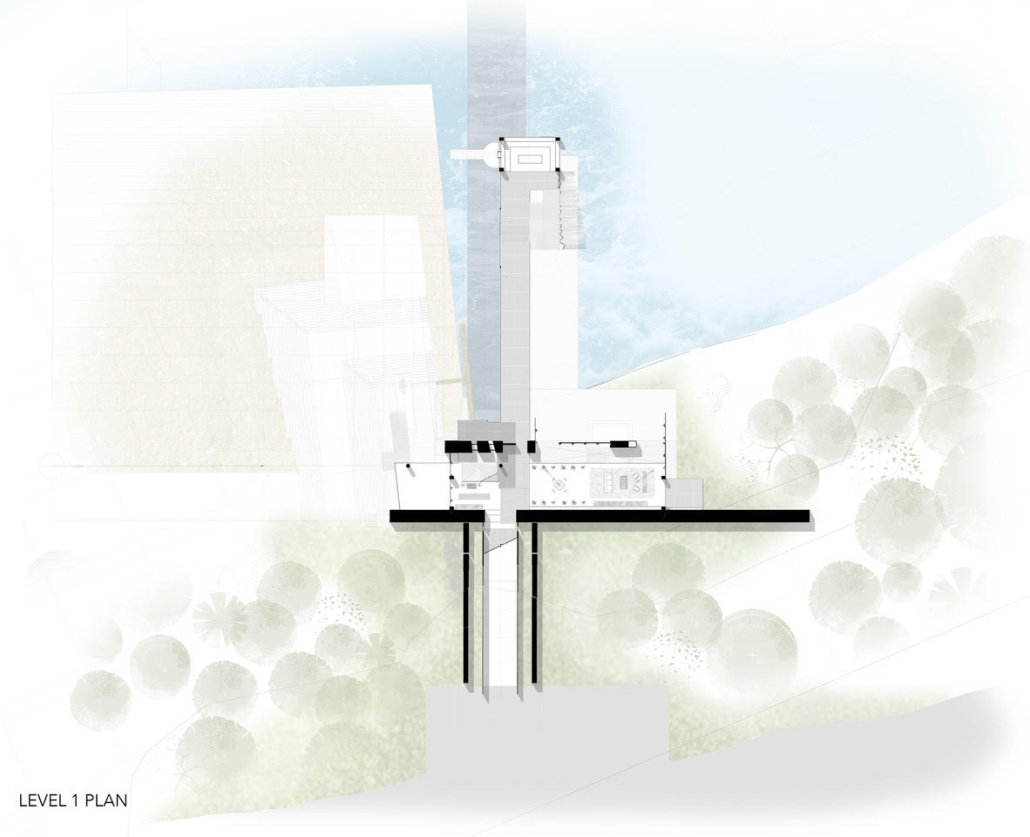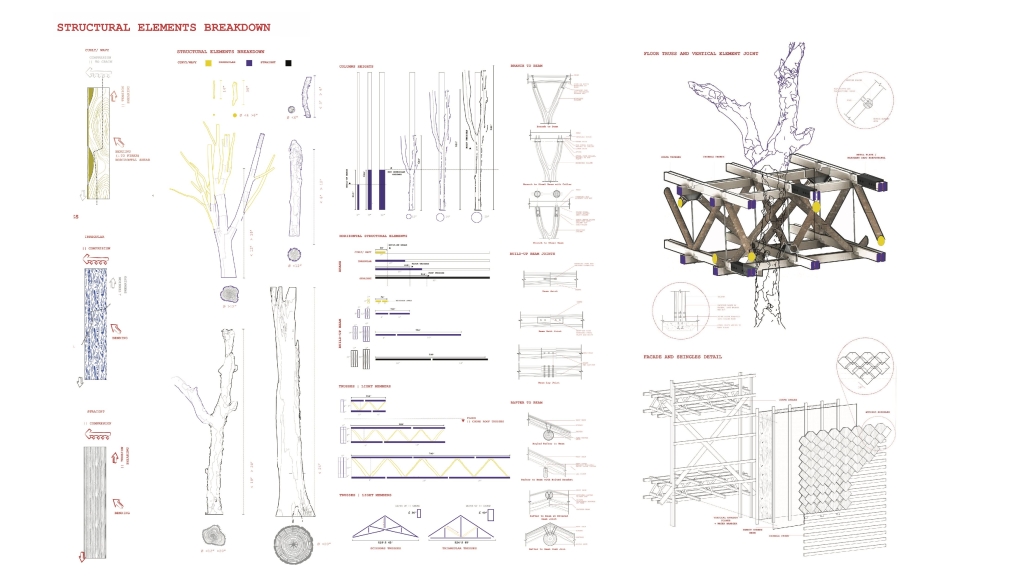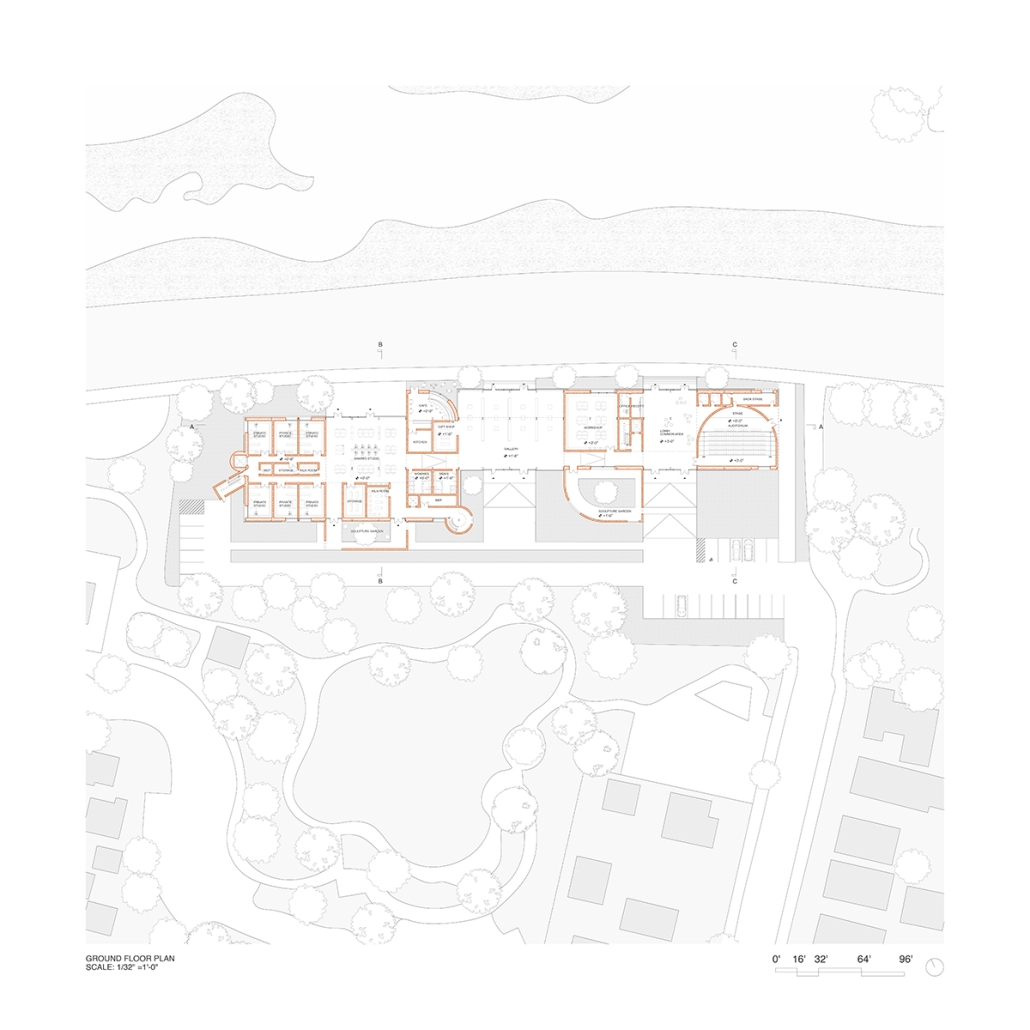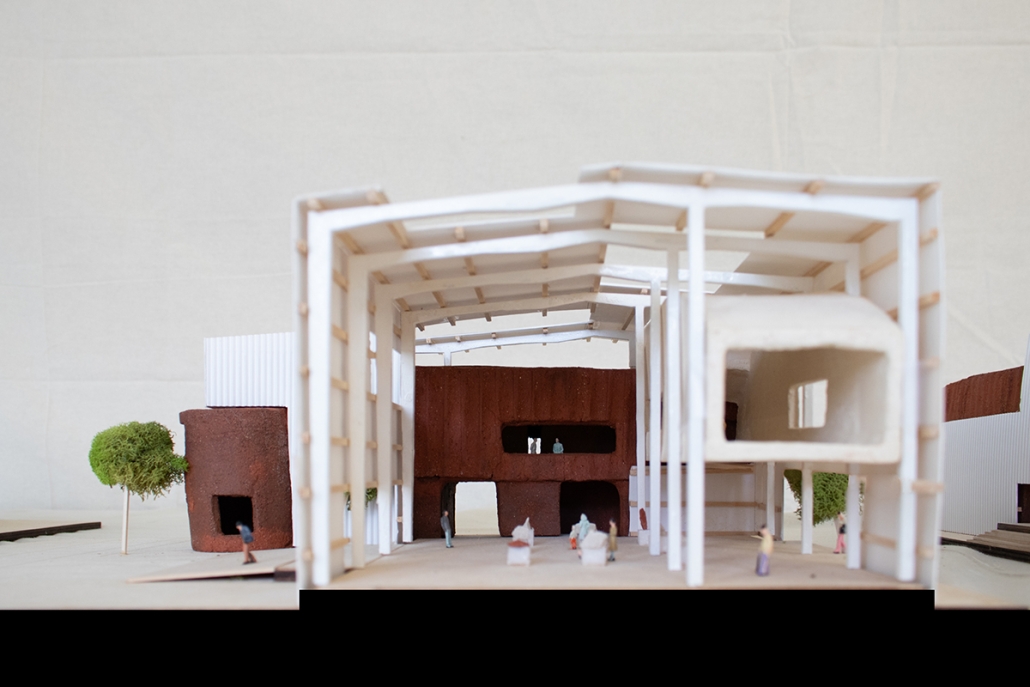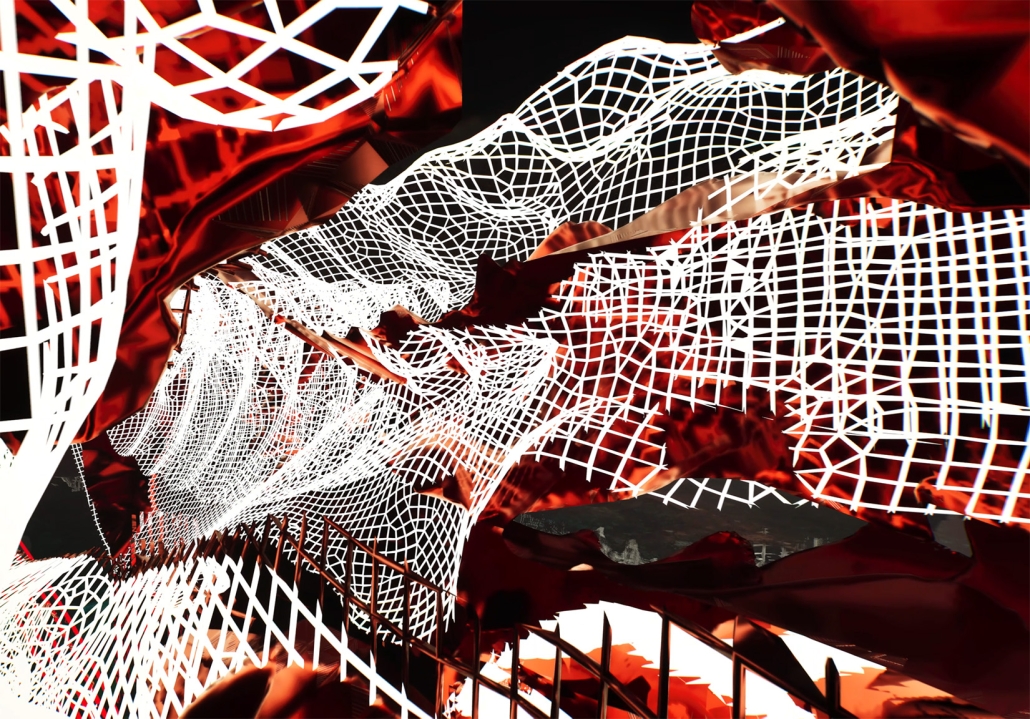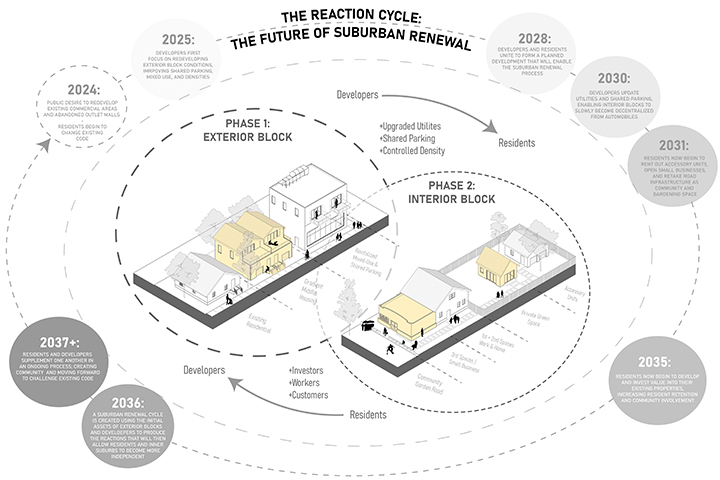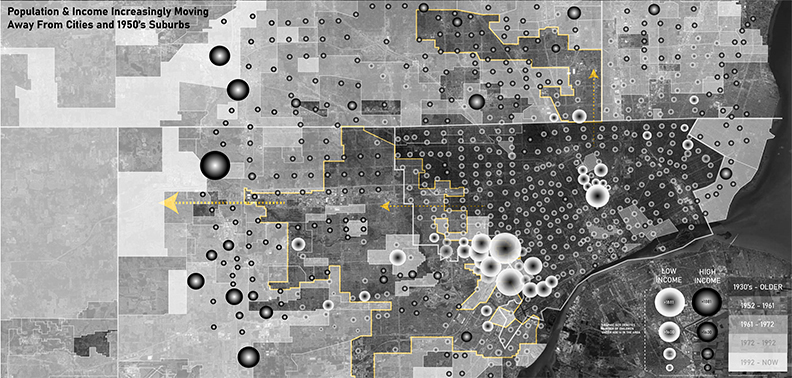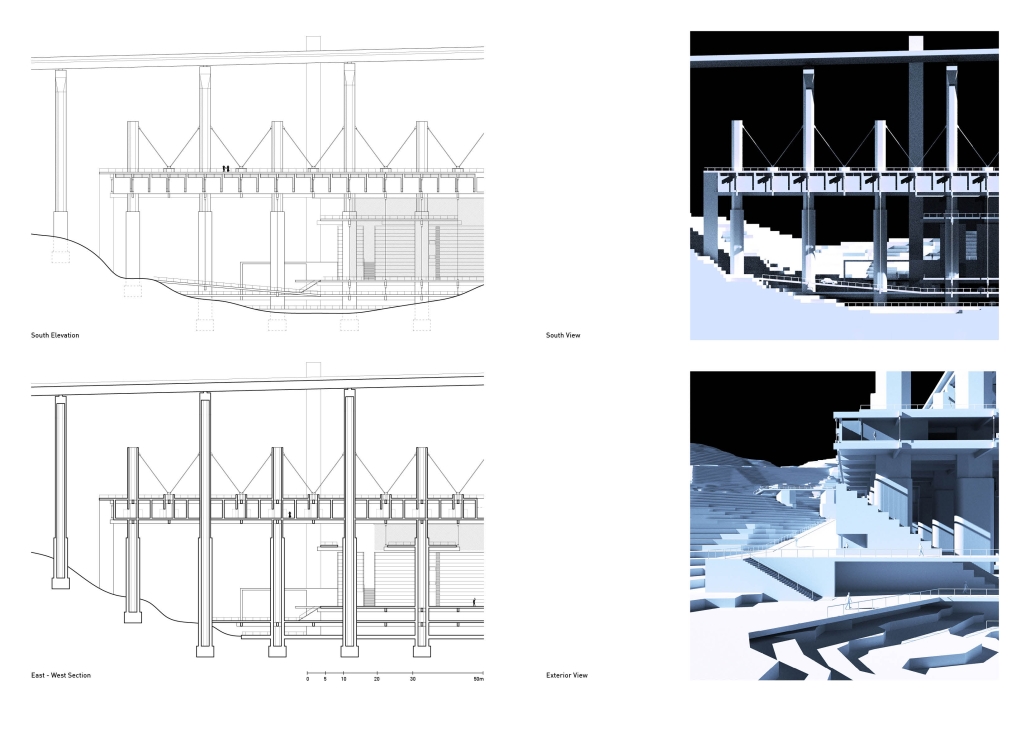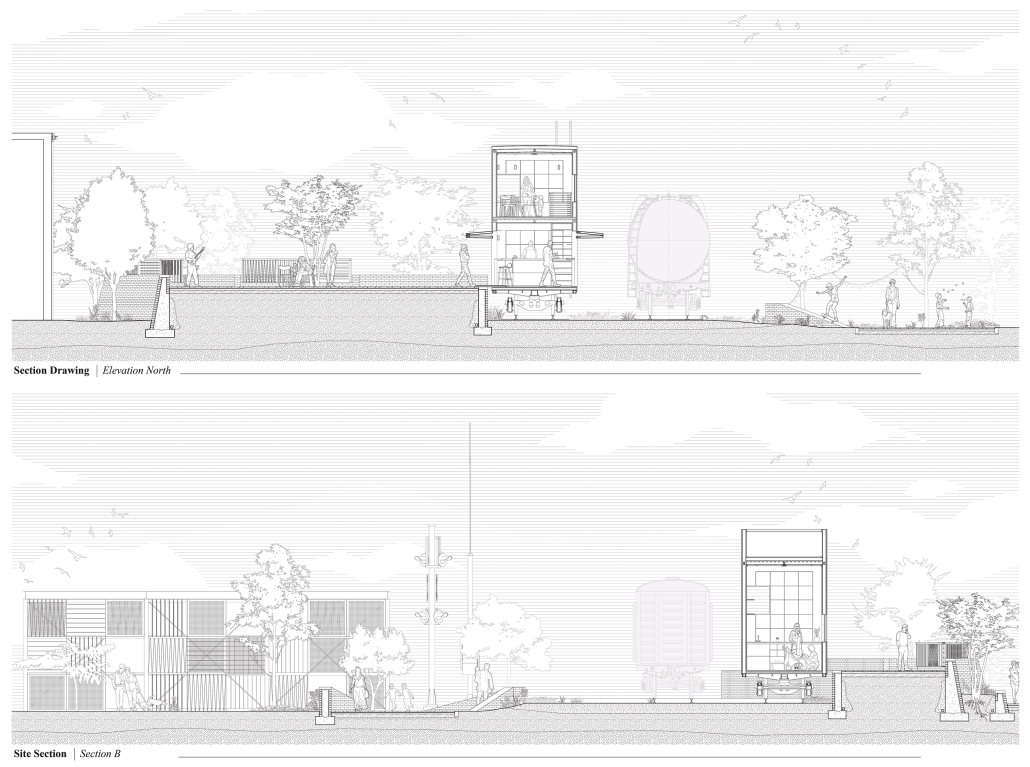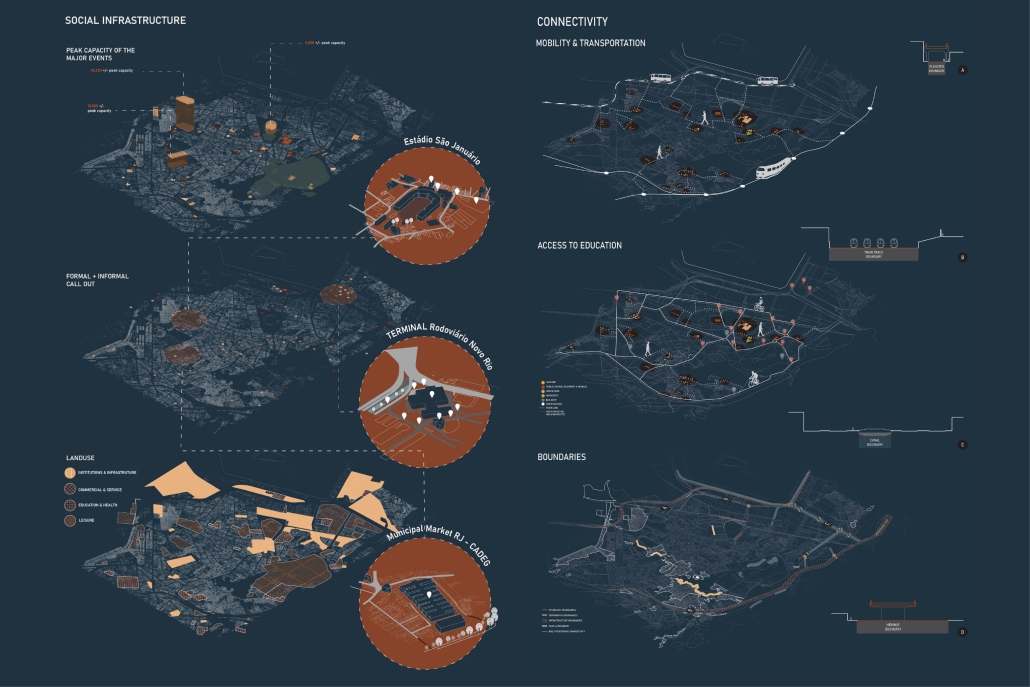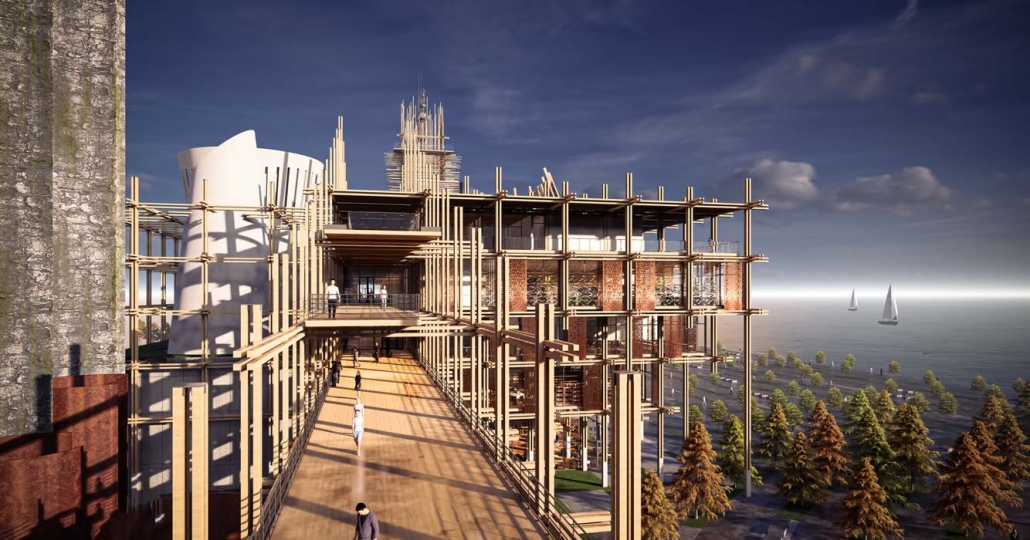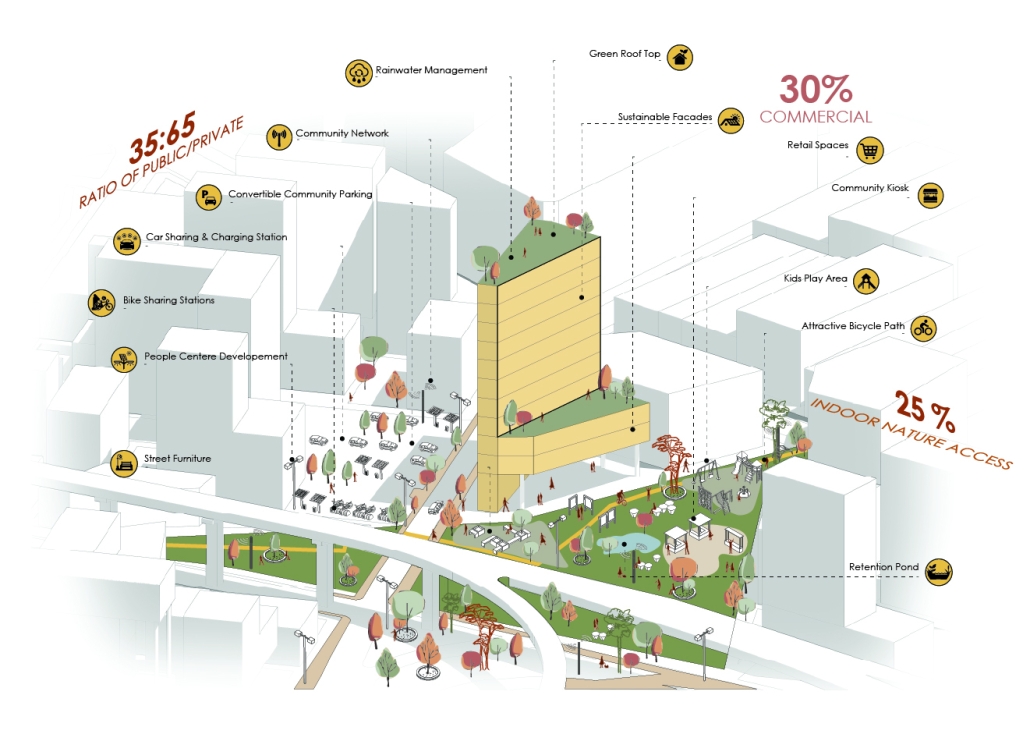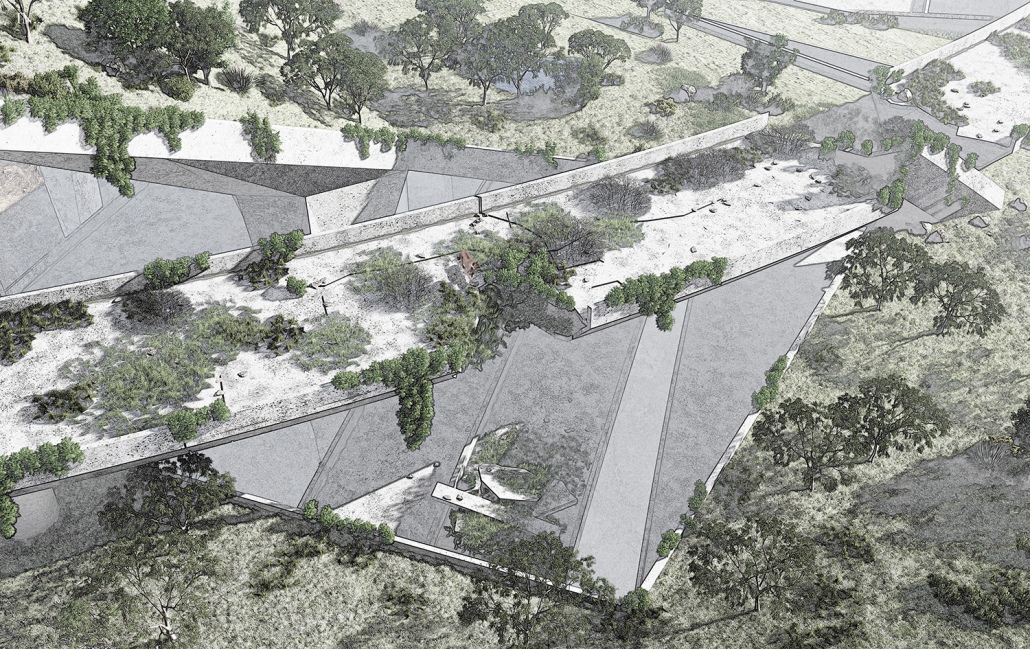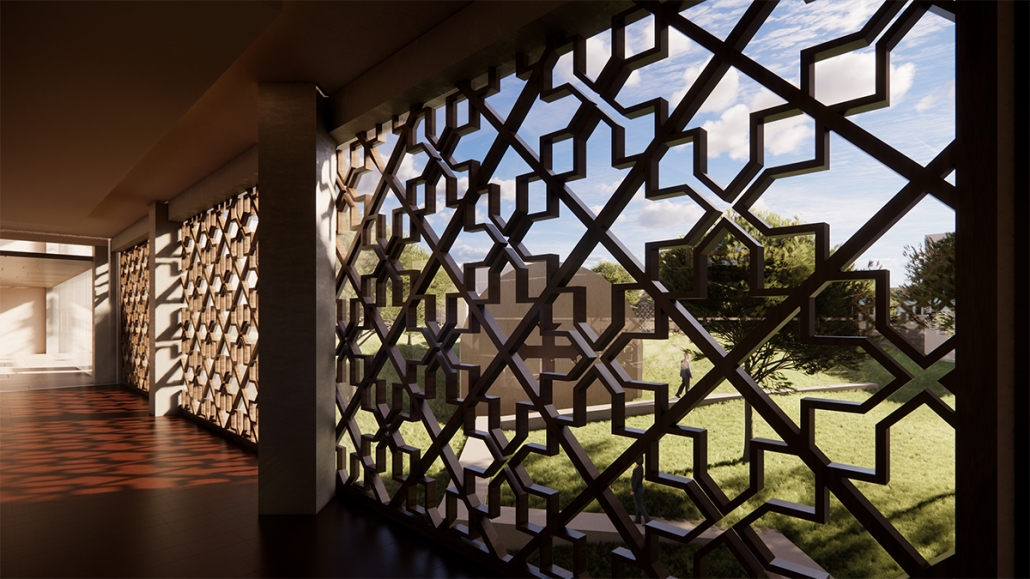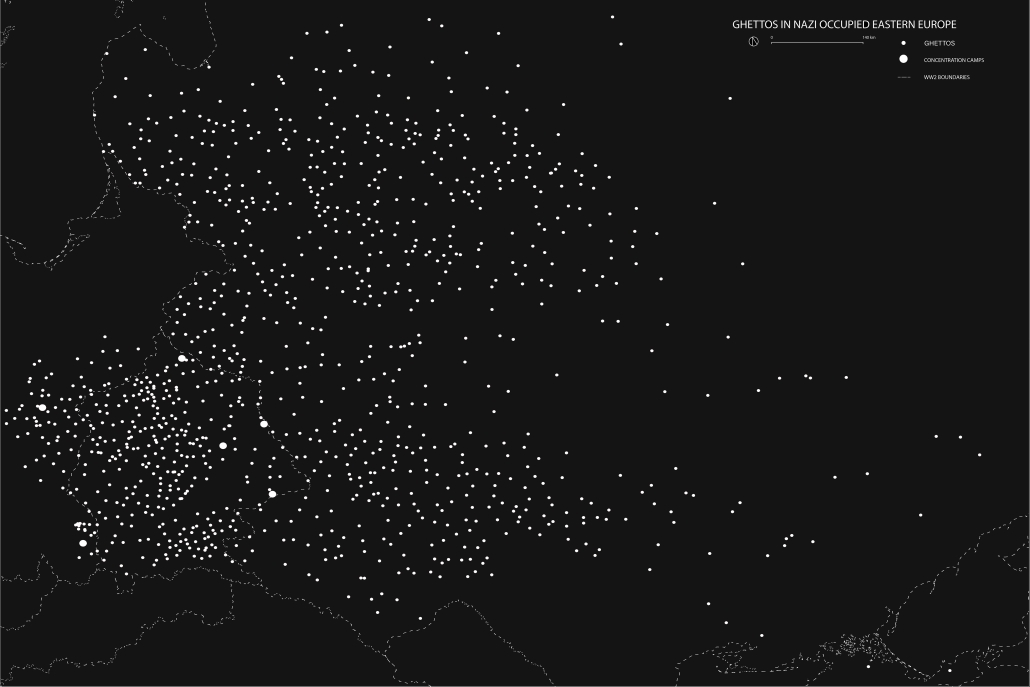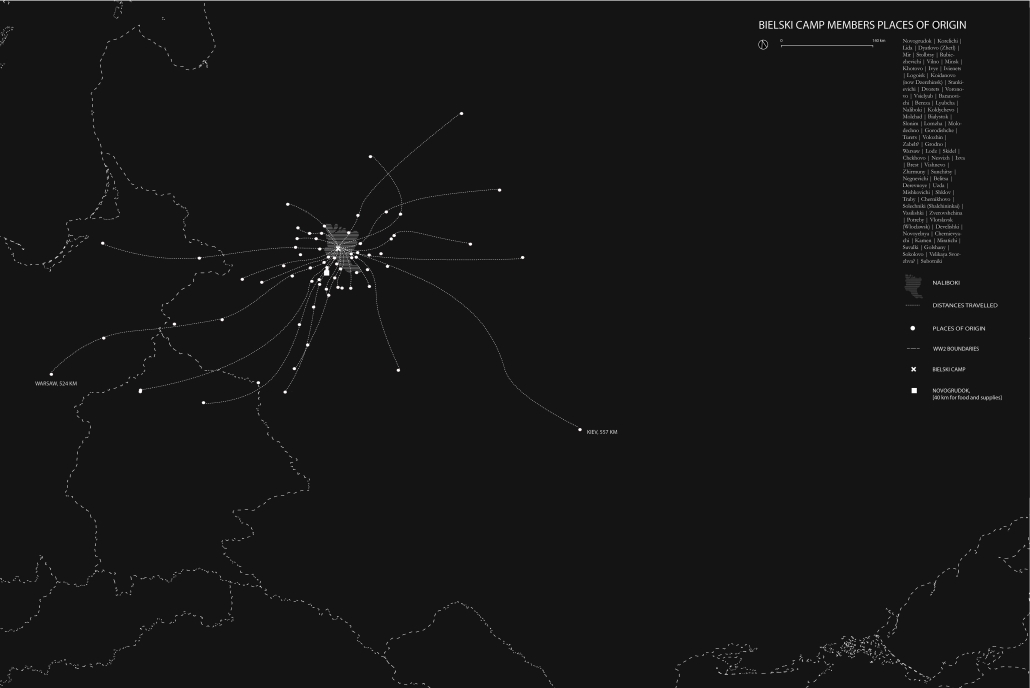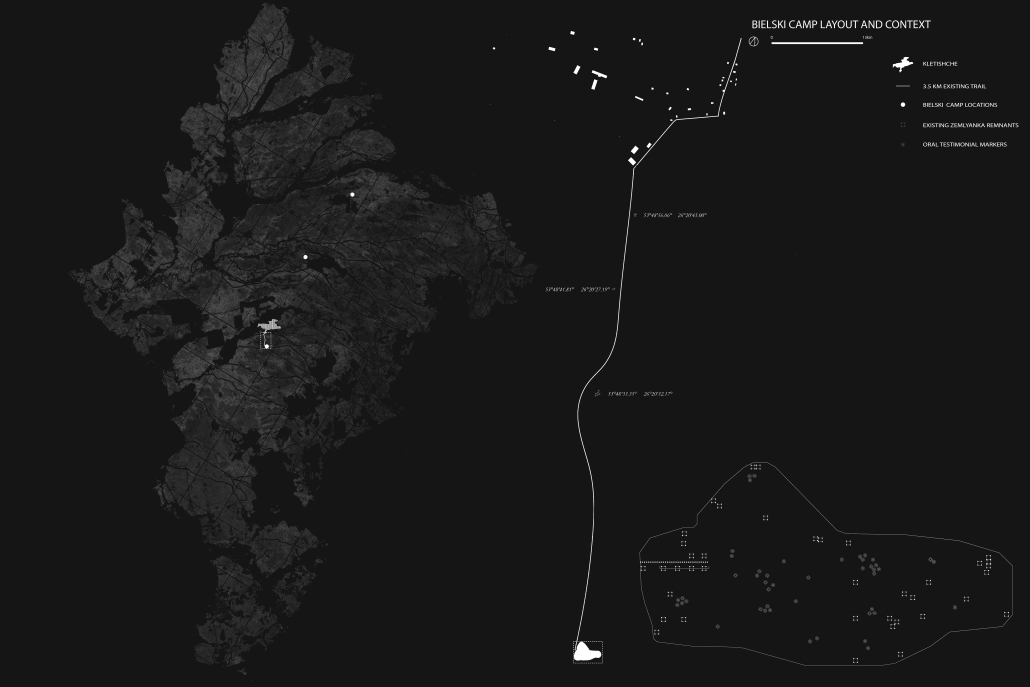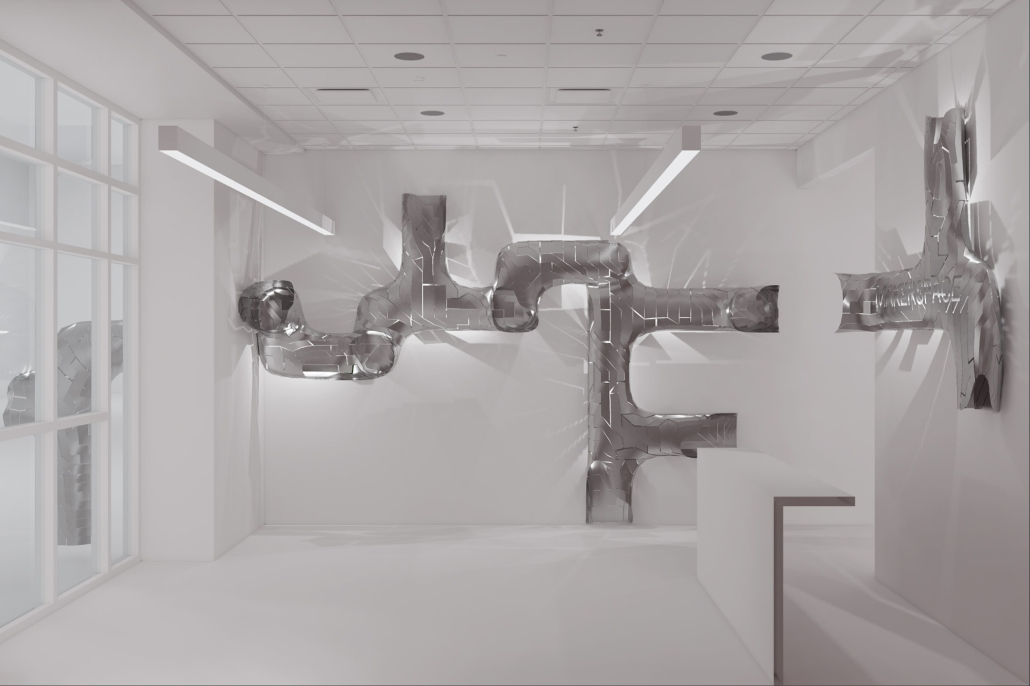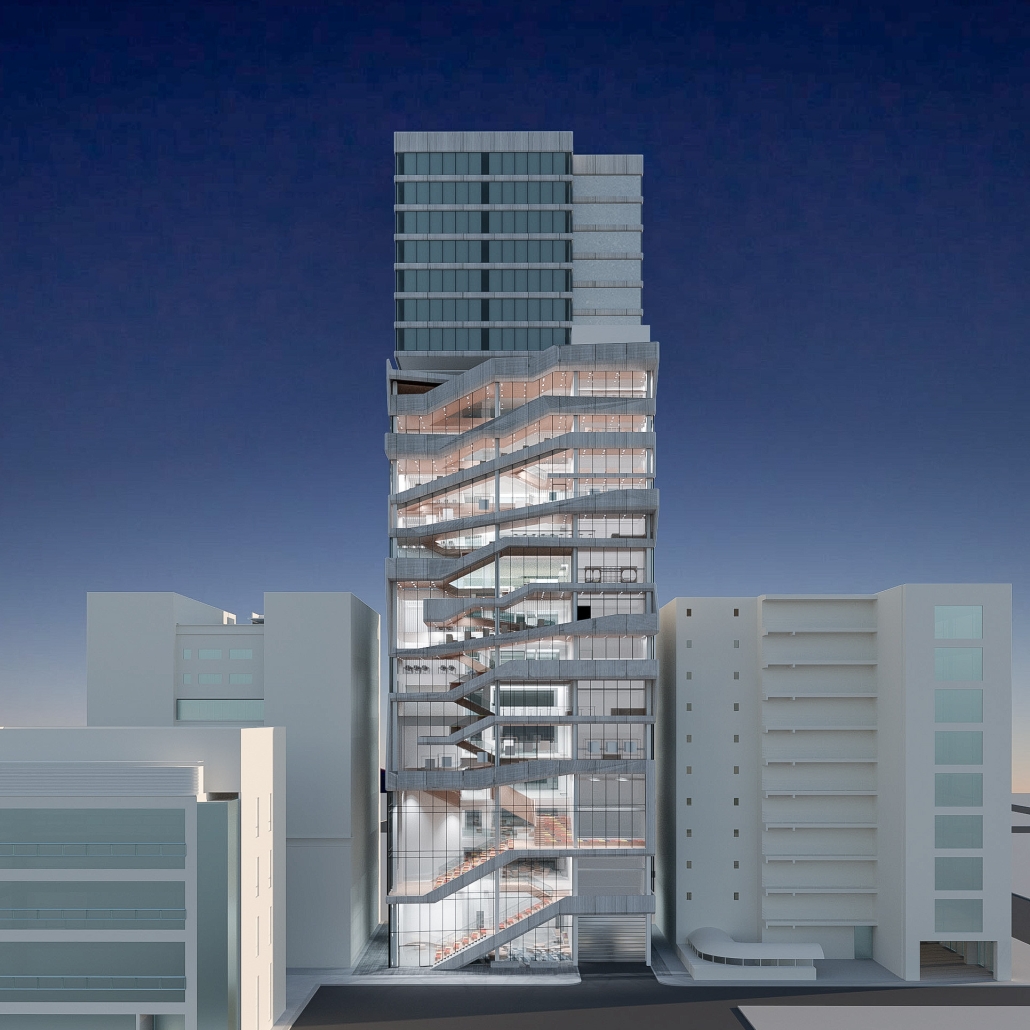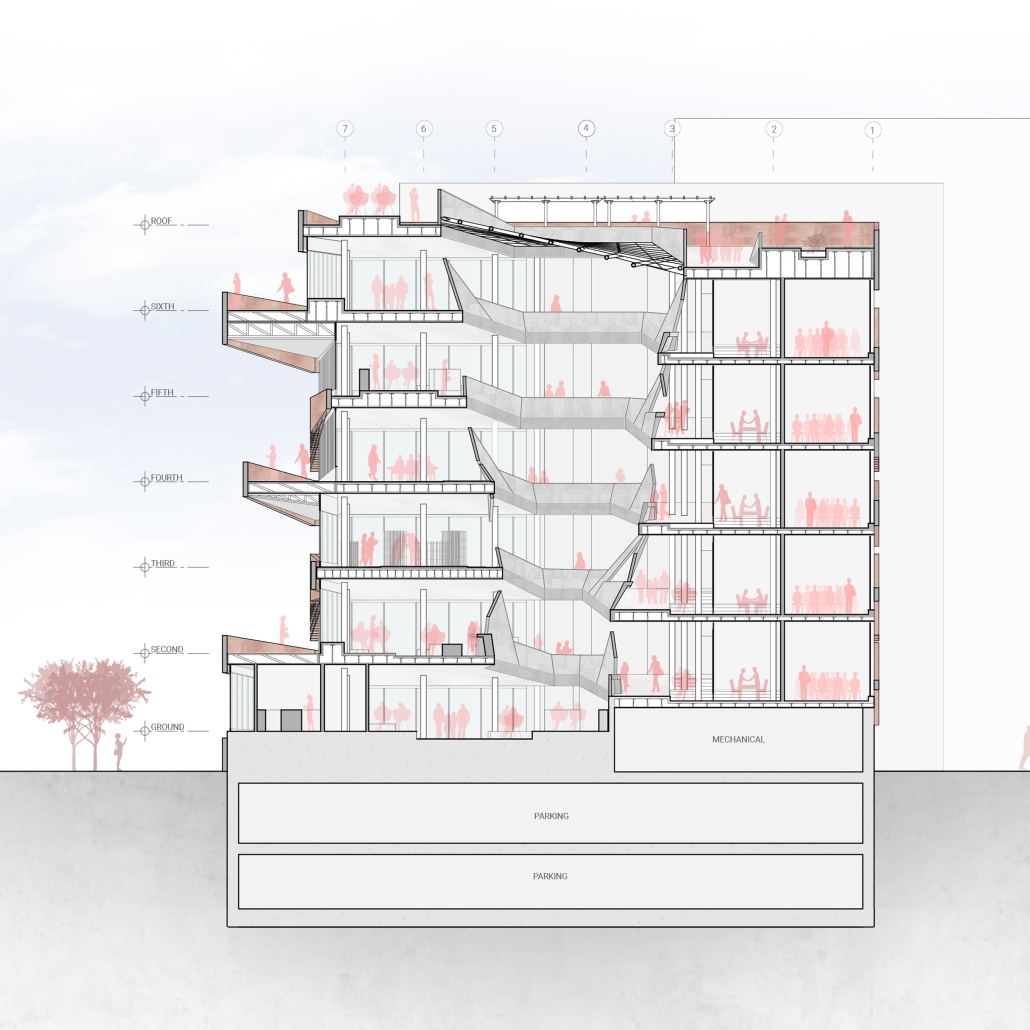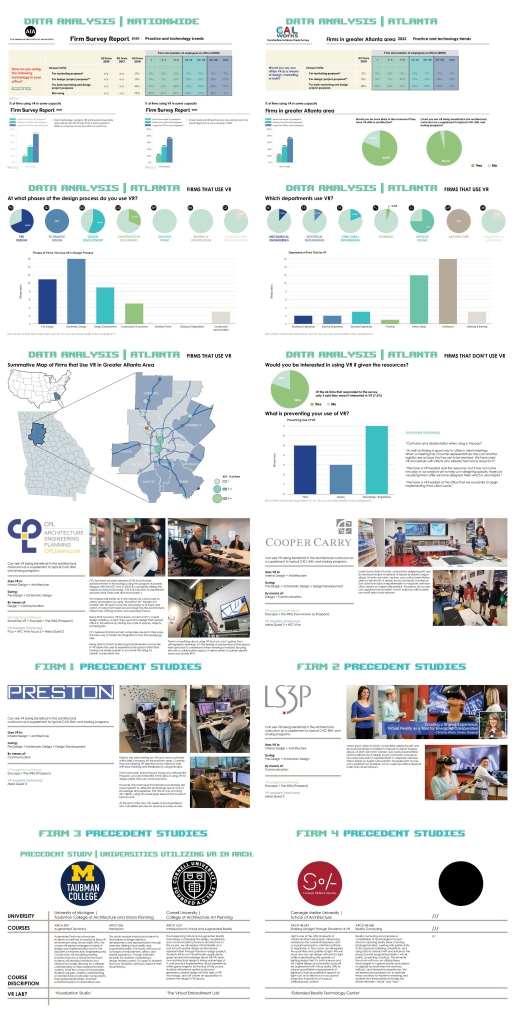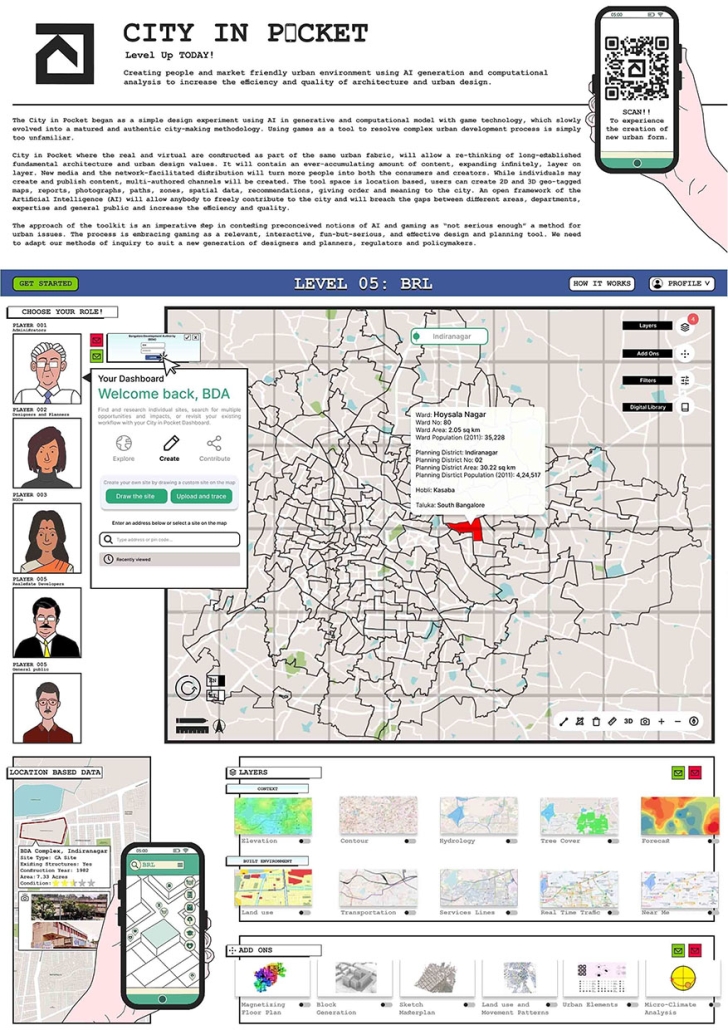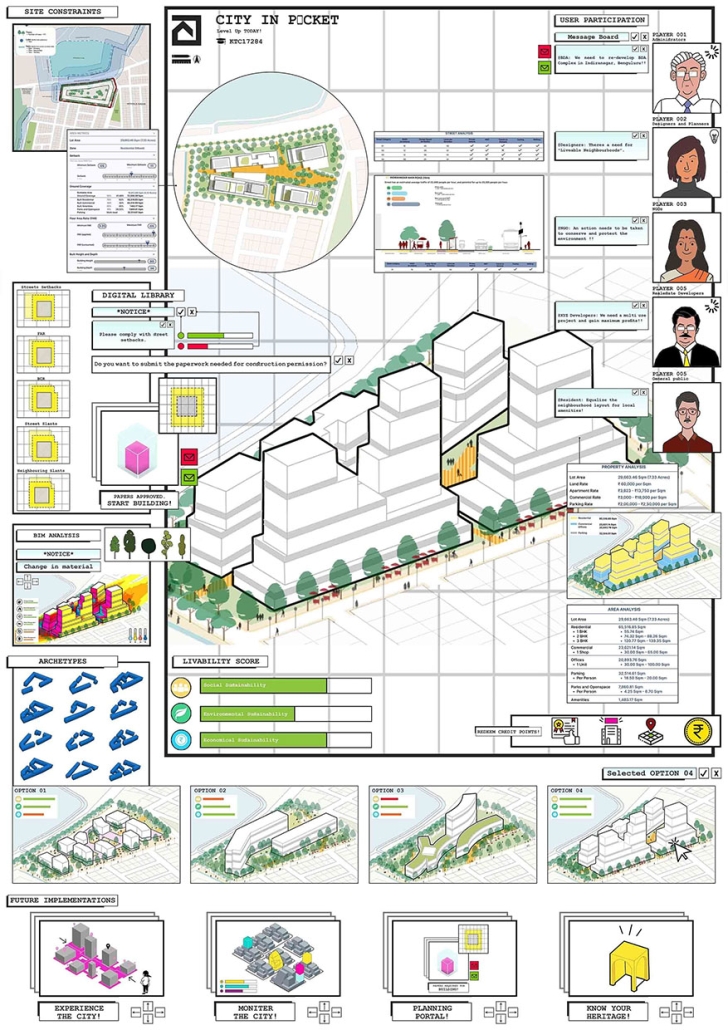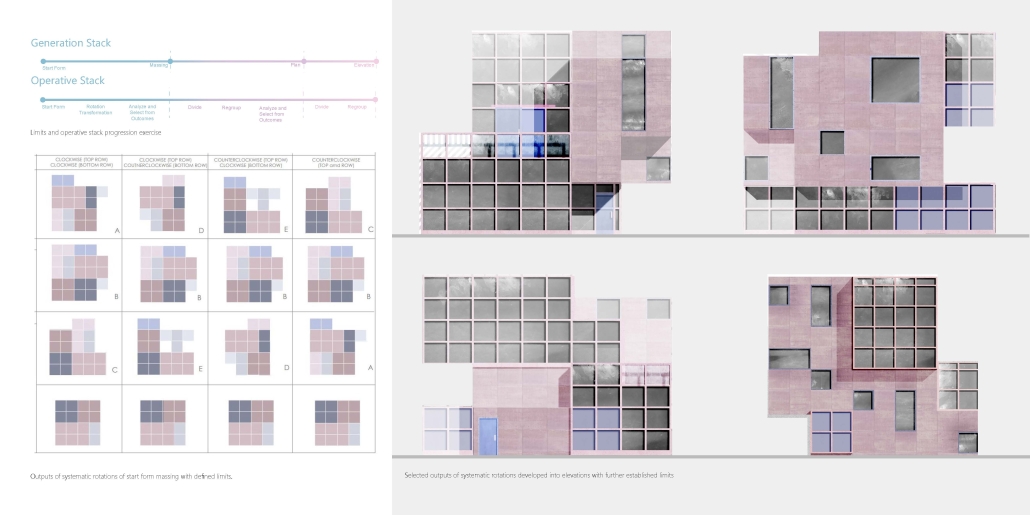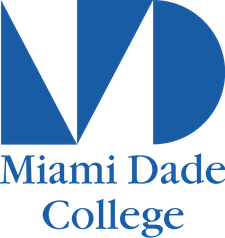2025-26 ACSA Affiliate Member Programs
Are you interested in studying architecture? Looking for a 2 or 4-year program community college or pre-professional program? Listed below are our current Affiliate Member Schools. Affiliate member schools are colleges, universities, and community colleges who are not accredited or currently seeking accreditation by National Architectural Accrediting Board (NAAB) or Canadian Architectural Certification Board (CACB).
Athabasca University
RAIC Center For Architecture
1 University Drive
Athabasca
Alberta, T9S 3A3
Canada
Main Phone: 250-766-3575
Fax: 780-675-6437
E-mail: dmacleod@athabascau.ca
Dr. Douglas MacLeod, Chair, RAIC Center for Architecture
British Columbia Institute of Technology
School of Construction and the Built Environment
3700 Willindon Avenue
Burnaby, British Columbia V5G3H2
Canada
Main Phone: 604-434-5734
E-mail: archsci@bcit.ca
Jody Patterson, Program Head
California State University, Sacramento
Department of Design
MRP 5001, 6000 J Street
Sacramento, CA 95819
Main Phone: 916-278-3962
E-mail: rpratt@csus.edu
Richard Pratt, Department Chair
Central Piedmont Community College
Architectural Technology Department
315 West Hebron Street
Charlotte, NC 28273
Main Phone: 704-330-4425
E-mail: travis.smith@cpcc.edu
Travis Smith, Department Chair
College of DuPage
Department of Architecture
425 Fawell Blvd
Glen Ellyn, IL 60137-6599
Main Phone: 630-942-2331
Fax: 630-858-7263
E-mail: osterg@cod.edu
Jane Ostergaard, Program Chair Architecture and Construction Management/Professor
College of the Canyons
Department of Architecture
26455 Rockwell Canyon Road
Santa Clarita, CA 91355
Main Phone: 661-259-7800
Fax: 661-362-5888
E-mail: Jason.Oliver@Canyons.edu
Jason Oliver, Program Chair
Cranbrook Academy of Art
Department of Architecture
39221 Woodward Ave
PO Box 801
Bloomfield Hills, MI 48303
Main Phone: 248-645-3300
E-mail: gwilkins@cranbrook.edu
Gretchen Wilkins, Head of Architecture
Del Mar College
101 Baldwin Blvd
Corpus Christi, TX 78404
Main Phone: 361-698-1725
E-mail: lwright15@delmar.edu
Ms. Laura Nichole Wright, Chair of Technology Education Dept.
Endicott College
Department of Architectural + Design Studies
376 Hale Street
Beverly, MA 01915
Main Phone: 978-232-2202
Fax: 978-232-2231
E-mail: Krenz@endicott.edu
Kevin Renz, Associate Dean Architectural + Design Studies
Farmingdale State College
Department of Architecture and Construction Management
Lupton Hall,
2350 Broadhollow Road
Farmingdale, NY 11735
Main Phone: (631) 420-2024
E-mail: anderse@farmingdale.edu
Eric Anderson, Chair
Ferris State University
Department of Architecture and Facility Management
915 Campus Drive, Swan 101
Big Rapids, MI 49307
Main Phone: (231)-591-3100
E-mail: ATFM@ferris.edu
Christopher Cosper, Program Coordinator
James Madison University
School of Art, Design & Art History
820 S. Main Street
MSC7101
Harrisonburg, VA 22807
Main Phone: 540-568-6216
Fax: 640-568-6598
E-mail: erdmanja@jmu.edu
Jori Erdman, Architectural Design Coordinator
Keene State College
Department of Architecture
229 Main Street
MS-1901
Keene, NH 03435
Main Phone: 603-358-2312
E-mail:dpaley@keene.edu
Donna Paley, Program Contact
Lehigh University
Department of Art & Architecture
133 Research Drive
Bethlehem, PA 18015
Main Phone: 610-758-3610
Fax: 610-758-6551
E-mail: nin209@lehigh.edu
Mr. Nik Nikolov, Associate Professor of Architecture
Madison College
Architectural Technology
Madison Truax Campus, Main Building, D3631
1701 Wright Street
Madison, WI 53704
Main Phone: 608-243-4749
E-mail: ADJohnson6@madisoncollege.edu
Aaron D. Johnson, AIA, Instructor|Program Director
McHenry County College
Manufacturing and Advanced Technology Division
8900 US Hwy 14
Crystal Lake, IL 60012-2761
Main Phone: 815-479-7521
E-mail: bmihelich@mchenry.edu
Bob Mihelich, Instructor of Applied Technology
Merrimack College
Department of Creative Arts, Design, & Architecture
315 Turnpike Street
North Andover, MA 01845
Main Phone: tel:(978)-837-5677
E-mail: bonierk@merrimack.edu
Catherine Bonier, Director of Architecture + Associate Professor of Practice
Midlands Technical College
Architectural Engineering Technology
151 Powell Road
Columbia, SC 29203
Main Phone: (803) 691-3869
E-mail: kronkj@midlandstech.edu
Janie Kronk, Program Director
North Carolina Central University
Department of Art and Design
1801 Fayetteville St.
Durham, NC 27707
Main Phone: (919) 530-6100
E-mail: ssingeis@NCCU.EDU
Scott R. Singeisen, Associate Professor of Architecture
Pasadena City College
Visual Arts and Media Studies
1570 E. Colorado Blvd.
Pasadena, CA 91106
Main Phone: (626) 585-7689
E-mail: gzamora6@pasadena.edu
Gregory Zamora, Coordinator in Architecture
Salt Lake Community College
Department of Architecture
4600 South Redwood Road
Salt Lake City, UT 84123
Main Phone: (801) 957-3932
E-mail: monica.chandler@slcc.edu
Monica Chandler, Assistant Professor
San Antonio College
Mathematics, Architecture, Physics & Engineering (MAPE)
1300 San Pedro
San Antonio, TX 78212-4299
Main Phone: 210-733-2856
E-mail: nreisen@alamo.edu
Nic Reisen , Discipline Coordinator
South Texas College
Business, Public Safety and Technology (BPST) / Architecture
3700 W Military Hwy.
McAllen, TX 78503
Main Phone: 956-872-2748
E-mail: mserna3@southtexascollege.edu
Mario Serna, Program Chair
Swarthmore College
500 College Avenue
Swarthmore, PA 19081
Main Phone: (610) 328-8000
E-mail: sdevabh1@swarthmore.edu
Sony Devabhaktuni, Assistant Professor
The University of Colorado Boulder
Program in Environmental Design
UCB 314
Boulder, CO 80309-0314
Main Phone: 303-492-8267
E-mail: paul.chinowsky@colorado.edu
Paul S. Chinowsky, Professor and Director
The University of Southern Mississippi
Architecture Program – School of Construction +Design
118 College Dr. #5138
Hattiesburg, MA 39406
Main Phone: 601-266-6782
E-mail: Erich.Connell@usm.edu
Erich Connell, Professor and Director
University of Missouri-Columbia
Architectural Studies
137 Stanley Hall
Columbia, MO 65211-7700
Main Phone: 573-882-7224
Fax: 573-884-6679
E-mail: balakrishnanb@missouri.edu
Dr. Bimal Balakrishnan, Associate Professor, Department Chair & Co-Director of Graduate Studies
University of Missouri-Kansas City
Architecture Urban Planning & Design
109 Katz Hall
5005 Rockhill Rd
Kansas City, MO 64110
Main Phone: 816-235-1725
Fax: 816-235-5226
E-mail: aupd@umkc.edu
Michael Frisch, Associate Professor of Urban Planning and Design
University of Pittsburgh
Architectural Studies Program
104 Frick Fine Arts Building
650 Schenley Drive
Pittsburgh, PA 15260
Main Phone: (412) 648-2401
E-mail: cda68@pitt.edu
Drew Armstrong, Director and Associate Professor
University of Wyoming
College of Civil & Architectural Engineering
Dept. 3226
1000 E. University Avenue
Laramie, WY 82071-2000
Main Phone: (307) 766-2390
E-mail: cae.info@uwyo.edu
Dhawal Jain, Architectural Designer & Assistant Lecturer









